Everything You Need to Know About Your Roofing
We are roofing design blog that provides informative advice about roof repair and roof and roof waterproofing.
What Is Roof Waterproofing?
During harsh rainstorms, water can build up in your roof and leak through roof cracks, damaging your house. Rather than spending money and time to replace your entire roof, you can apply a waterproof coating to help keep water out of your home. Roof waterproofing is the layer of additional protection placed on your roof which ensures no water will get inside or begins making the walls or support beams to decay. Waterproofing your roof is easier compared to a full roof replacement while still providing lots of the same advantages. On top of that, it offers a longer-term solution compared to a quick-fix repair.


What is Roof Repair Services?
Your roof isn’t a set-and-forget set up. With its continuous exposure, it will unavoidably give in to deterioration, but how soon depends upon you taking action to help keep your roof in great condition. Roofing issues, regardless of how small, can easily escalate if not repaired in a timely manner. It’s necessary to schedule roof repair the instant you observe a roof leak. When left untreated, even a little leak may cause major destruction to your home. Luckily, roof repairs are much less expensive compared to a complete roof replacement.
Why Roof Waterproofing Is Important?
Even the most tough roof materials can wear out after regular exposure to intense winds and rain or extreme heat. It’s normal and there isn’t any one roof material which will hold its ground to those destructive environmental elements. What maintenance function and waterproofing does is they delay this predicted wear and tear, trying to keep you, your family as well as your home safe longer compared to a regular roof’s lifespan. Maintenance work is also much cheaper compared to getting replace a badly-beaten roof. Preserving your roof in good condition having its heat-reflecting ability intact also helps you cut back when it comes to your home’s interior cooling system. Simply put, less heat implies less use of fans and air conditioners!


Importance of Roof Repairs
Out of all the maintenance work which a homeowner needs to keep up with and take into consideration, home roof repair is among the most essential of them all! A sound and durable roof can keep you, your family, as well as your properties secure and dry. The roof of your house requires a lot of abuse day in and day out. Wind and rainfall, snow and hail, intense heat and cold, as well as destruction from limbs along with other debris. All this will cause the roof to wear down and degrade faster. Whenever you’re not doing appropriate inspections, or trusting roofing specialist to keep track of your roof, you are putting yourself up for issues.
Benefits of Roof Waterproofing
Blog
Recent Posts
-
Metal vs. Slate Roofing March 14,2022
-
How to Grow Your Roofing Company with Facebook Ads December 15,2021
-
Roof Flashing and Its Benefits August 5,2021
-
Top 7 Spring Roofing Problems July 29,2021
-
Repair or Replace Your Roof? July 28,2021
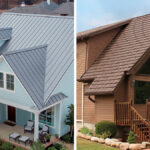 Metal vs. Slate RoofingWith regards to high quality roofing materials, slate […]
Metal vs. Slate RoofingWith regards to high quality roofing materials, slate […] How to Grow Your Roofing Company with Facebook AdsDigital resources are creating tantalizing options for […]
How to Grow Your Roofing Company with Facebook AdsDigital resources are creating tantalizing options for […]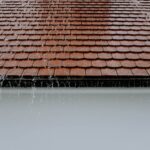 Roof Flashing and Its BenefitsRoof maintenance is a time-consuming job. You hardly […]
Roof Flashing and Its BenefitsRoof maintenance is a time-consuming job. You hardly […]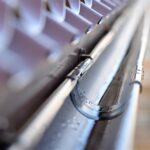 Top 7 Spring Roofing ProblemsAs the weather becomes warmer, you’ll likely get […]
Top 7 Spring Roofing ProblemsAs the weather becomes warmer, you’ll likely get […]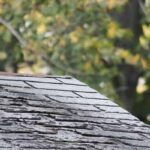 Repair or Replace Your Roof?Roof damage could be apparent or subtle. To identify […]
Repair or Replace Your Roof?Roof damage could be apparent or subtle. To identify […]
Follow me on Twitter
Tweets by @RoofingTodayCategories
Archives

Metal vs. Slate Roofing
With regards to high quality roofing materials, slate is right up at the top, and it is joined by numerous metals, such as copper and porcelain coated steel. In case you are debating re-roofing with one such beautiful - and expensive - materials, here is a handy comparison to think about prior to making a final decision.
WEIGHT
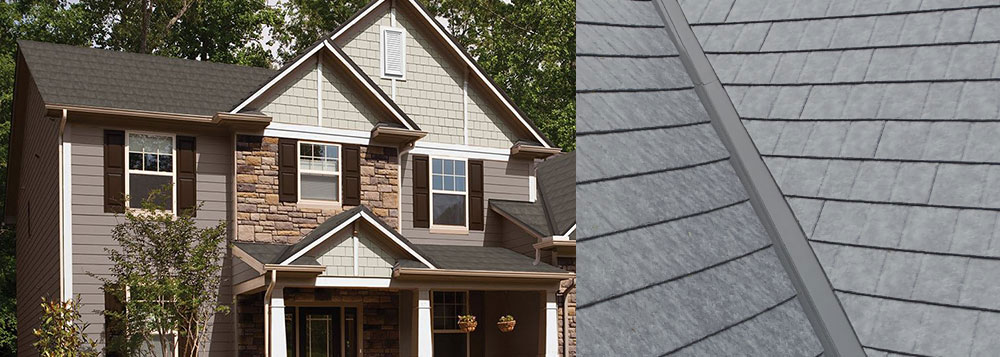
Normal weights for slate roofs are cited as approximately 9 to 25 pounds for every square foot. This would suggest one of the slimmer slate roofs options for a roof in a huge home would weigh anywhere in the range of forty tons - and the weightier options up to 100 tons! It's a serious concern for a re-roof, because architectural reinforcements might be necessary. In seismic zones, having so much material over your head can be reason to be concerned.
The metal roof is much lighter, with a weight of about 7 tons on a huge home. In addition, numerous profile are interlocked together to make one more sheer layer resisting movement of the roof framework. Although no guarantee that the significant earthquake will not damage a house, 30 plus fewer tons of dead weight above your head provides a lot of order of magnitude of safety compared to weightier denser materials.
MAINTENANCE
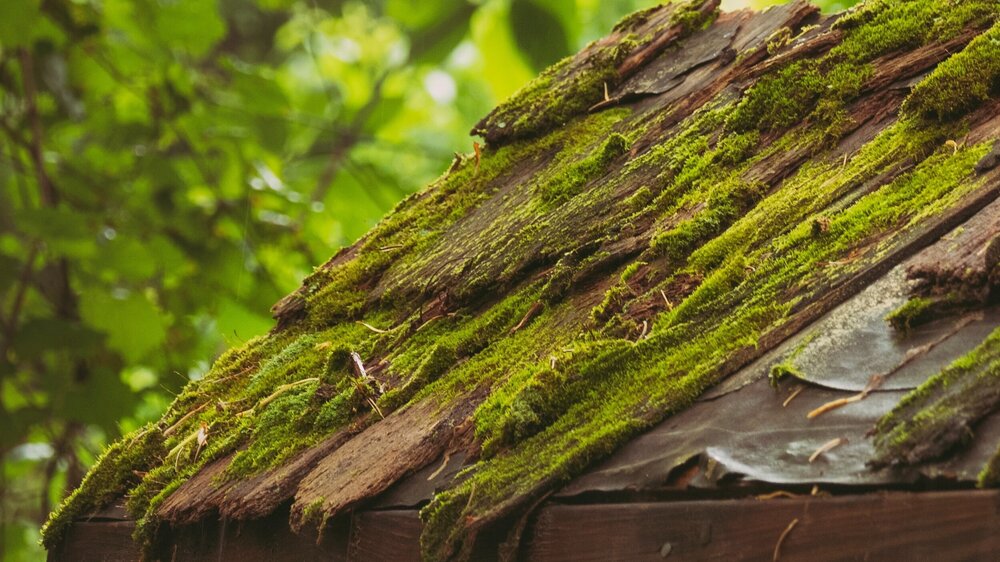
The normal problems with slate roofs are cracking, "nail sickness," delaminating, damages by way of visitors and slippage. Repairs are hard and costly and seldom well-concealed. Moss is also something which is vulnerable to growth in slate roofs as all the sides and crevices offer a foot hold for the sturdy plant. It's something which a few people want to see, but it actually leads to the destruction of the slate roof assembly and will ultimately cause severe damage.
Among the benefits of metal roofs is that they are as near to zero maintenance as any building exterior could be. Not only is it light and rigid, there isn't any chance they will build up moss - and even if this found a spot to grow it could not break the metal. Additionally, copper, zinc, or porcelain don't fade, and won't ever need any attention.
QUALITY LEVEL

The common range for good quality slate roofs is $10-$20 per sq . ft ., so going to the absolute low end of that scale suggests numerous concerns about the standard of the slate. Cutting corners - particularly on the caliber of the slate itself - is sure to raise the likelihood of maintenance problems in the future. When selecting slate, there are 2 main factors: thickness and grade. Typically, the slimest is the 1/4' and better materials increase after that. Purchasing at the low end of slate implies selecting among the thinner items and the thinner the product, the more at risk of the issues of a slate roof (breaking, slipping, etc). Also the cheaper grades are susceptible to fading from direct exposure to sunlight. Particularly if a black shade is essential, you'll need to ensure that you are updating to a quality level of slate which is categorized as "unfading."
SOLAR GAIN
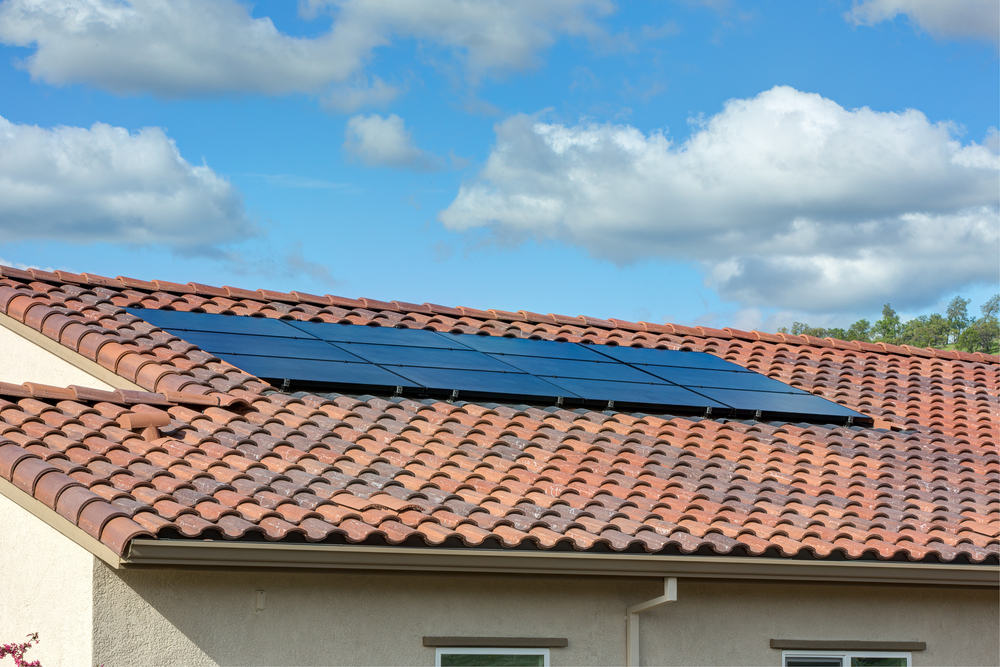
Energy efficiency is a main thing to consider in picking a roof nowadays, and whenever you install a slate roof you are literally placing hot rocks next right alongside your roof deck. It's made worse by selections of dark, "formal" colors. This heat may then be conducted into the attic and raise the demand in your A/C system.
Among the established benefits of the porcelain diamonds installed over the thermal liner is that the mix of the air-space below the shingles and also the insulation value of the liner implies that a part of the heat which hits the roof would be conducted into your house. This set up also cools off quickly the moment the sun stops hitting your roof. Very little other material in the color black is capable of any level of energy efficiency - other than metal! In most case, the result of picking a metal roof having a thermal liner is a more energy-efficient system. Your carbon footprint would be a lot less with the metal roof system and you will be minimizing the contribution of greenhouse gases because of a lower energy demand from your house.
This is not to say that slate is a poor choice - far from it! Variations of slate roofs have been in existence as successful roof coverings for years. However comparing to metal, there are certainly aspects to be considered.
Read more link text
How to Grow Your Roofing Company with Facebook Ads
Digital resources are creating tantalizing options for roofing companies to develop and scale. Having said that, a few tools are specifically effective if you're expanding a business on a minimal budget. Among the tools is Facebook Ads, that can be an incredibly powerful tool to increase your audience, discover new clients and raise your bottom line.
The Advantages and Disadvantages of Facebook Ads for Roofers

Before engaging in the how, however, we should understand that Facebook Ads have benefits and drawbacks.
Among the best advantages of Facebook Ads is the enormous ROI. You could invest some dollars and begin to obtain a good return - no matter what your target. Facebook Ads also are scaleable. They've got a large viewers and are shown in front of an incredibly active social network. Lastly, Facebook provides fantastic branding options. You can use anything from generating a sleek video to giving a stunning photo along with a compelling caption.
When it comes to downsides, Facebook Ads aren't intent-based ads. Put simply, Facebook doesn’t show ads in response to user-inputted keywords. Rather, it shows ads to those higher on your advertising funnel. One more notable disadvantage is that you can waste a lot of cash using Facebook Ads. There’s a high probability of this happening when you don’t know very well what you’re doing. Lastly, Facebook users generally have short attention spans. It's really a distracting environment, and that means you have to be creative with the kinds of ads that you're displaying.
How Facebook Ads Assist with Growth

In the grand system of things, the advantages of Facebook Ads are difficult to question. However how can you utilize them to obtain the growth which you expect?
First of all, you have to think long and hard regarding targeting. Facebook Ads could be be very powerful due to the big potential audience, however fails to target the correct subset can cause disappointing outcomes. In case you own a roofing company ensure you’re targeting local communities in which you recently finished work or are likely to finish work. You may also get as detailed as a one-mile radius surrounding a particular address, so certainly make the most of that. By metaphorically fishing in the right pond, you considerably raise your odds of success.
After that, leverage the “X Factor” using Facebook Ads. Exactly what does this imply? You need to invest a lot of time in your ad creative. Take on the shoes of your target and look at the message which you need to send. When utilizing pictures, a good rule of thumb is to ensure that they contain people and human emotion. Videos could be more efficient compared to photo ads - whenever done correctly. Selfie-style videos do the job the best or videos where you stand directly speaking to the camera. Take into account the goal of your video ad and ensure that the copy and visuals fulfill that target.
For text-based ads, ensure you’re not copying and pasting content from your site. Rather, go back to your objective and ensure your copy is meeting it. For instance, when you’re trying to find leads, be sure your headline is punchy and visible. Add a call-to-action and be sure that the offer is powerful. Client testimonials could also be effective, since they offer social proof and show that some other clients have been pleased with your business.
Lastly, invest some time optimizing your conversions. Make the most of Facebook’s embedded forms, instead of leading visitors to your site. Be sure to pre-qualify your leads by requesting particular details about the help they're looking for. Additionally, don’t be worried of the math. It’s crucial to have a set budget, see how much you're spending per lead, and modify your strategy as needed. That way, you’ll make the most value for your money.
Read more link text
Roof Flashing and Its Benefits
Roof maintenance is a time-consuming job. You hardly find time to climb the roof and cleaning its nook and corner. But failing to do this ensures one thing: puddles in various areas that slowly seep through the roof and into your home’s ceiling. You will notice damp spots on various parts of the ceilings and walls. Some homeowners say that they get so frustrated to repaint their walls and ceilings every year due to these spots that they spend fortunes to install new roofs. But is it necessary to replace the roof when you can check out other alternatives?
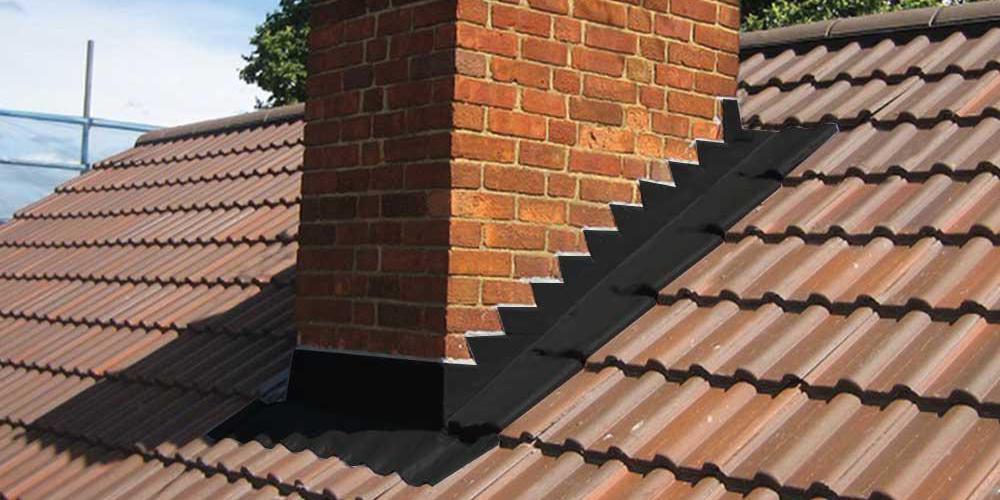
What’s the main reason for water seeping through the roof and into the ceiling? There are cracks on the roof that you can’t see. Instead of finding the cracks, it’s wise to go for roof flashing. It will prevent the water from seeping through the cracks and divert it from crucial areas of the roof, such as roof valleys, chimneys, and walls.
Understanding roof flashing
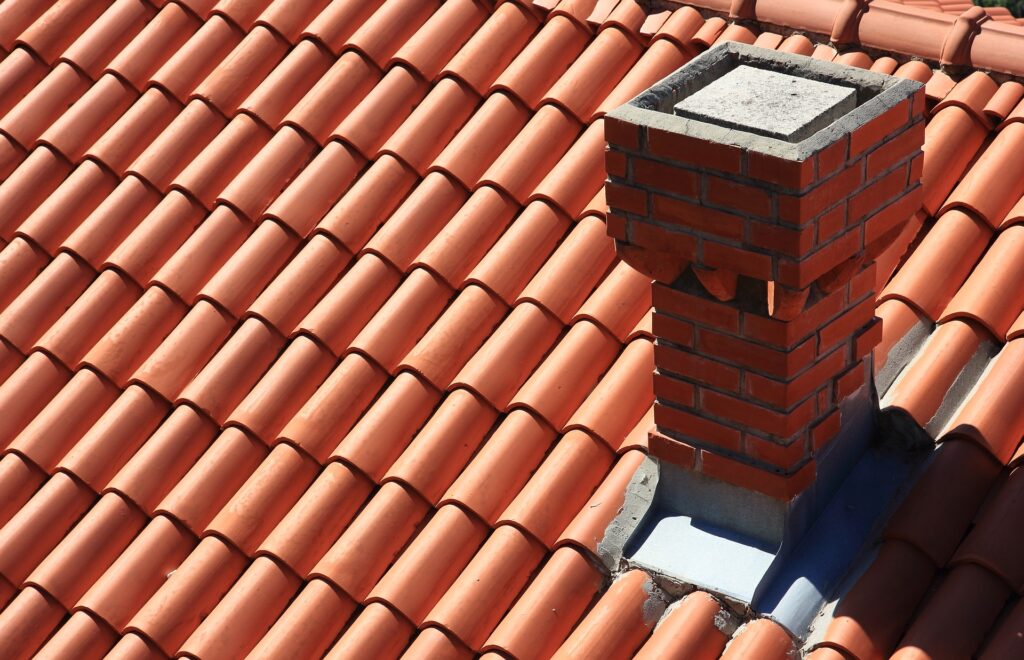
Roof flashing is a process where a roofing expert installs a thin metal on the roof’s surface. This metal prevents water from entering areas like the chimney, walls, and roof valleys. Roof flashing metal comes in various options, such as steel, copper, and aluminum. Most roofers use steel roof flashing as it doesn’t rust easily and can withstand extreme temperature conditions.
Most importantly, steel roof flashing gives a clean look to the roof and fits the budget of most homeowners. Copper is another excellent material that stands the test of time. It looks beautiful aesthetically and also lasts long. The only drawback with copper flashing is you will have to spend big initially. You should talk to your local roofing expert about the flashing material and the area that it will cover on your roof.
Another way to achieve the same thing and seriously lengthen the life of your roof is to use roof rubberising liquid rubber paint to waterproof your roof.
Why is roof flashing necessary?
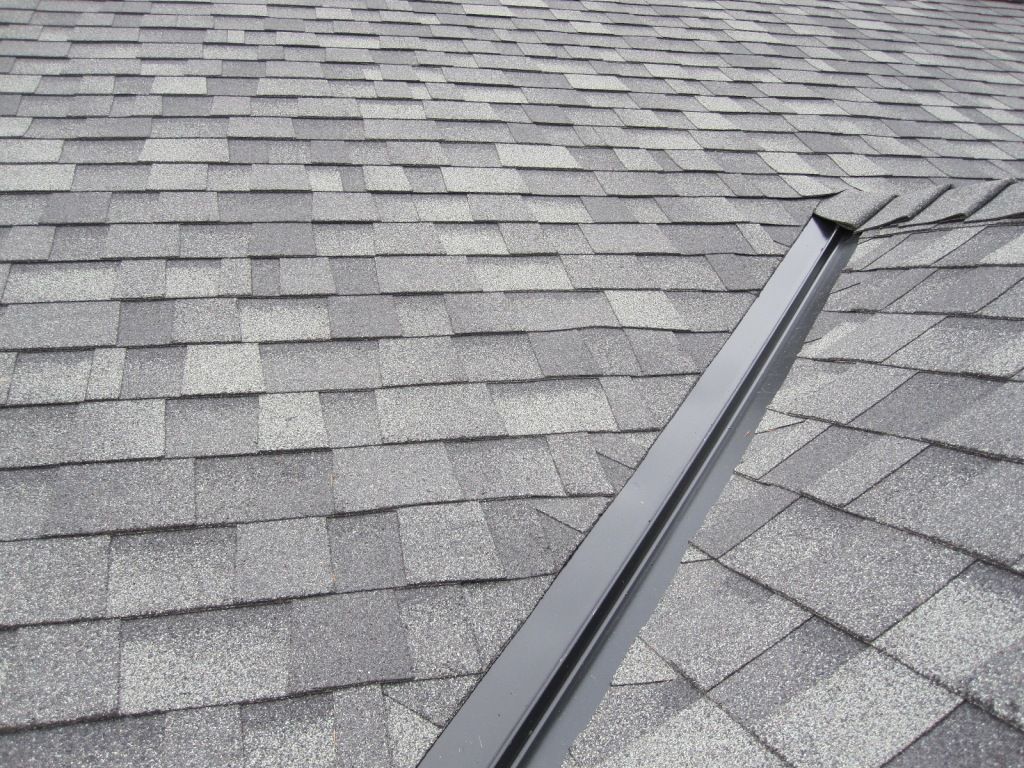
When you think of a new roof installation, the first thing that may come to your mind is a shingle. Shingles are crucial for a roof, but so is flashing. Flashing prevents water from reaching underneath the shingles. You will notice roofers advising you to install roof flashing around gutters, vents, skylights, and chimneys. This enables water to run off instead of remaining stagnant on the roof. Many roofers also install roof flashing at the meeting points of vertical walls and front walls.
One of the reasons why homeowners should invest in roof flashing is it makes the roof long-lasting. No one would want to spend a few thousand bucks within a few years after installing a new roof. Instead, a small investment in roof flashing will ensure that the roof remains safe and free from the adverse effects of water.
Roof flashing is another sensible investment because it improves the longevity of your roof. For example, if the average durability of your roof is 20 years, roof flashing may increase that period to at least 50 years. That’s because roof flashing is also a durable procedure. Both steel and copper flashing lasts for years without requiring too much maintenance.
There are four types of roof flashing that most roofers implement according to the roof’s design:
• Continuous flashing – This involves a long sheet of metal installed on the roof’s surface that diverts water onto the roof’s edge and into the gutter.
• Base flashing – Roofs with chimneys require two parts of flashing. This helps in directing rainwater on the flashing surface that sends the water downwards.
• Counter flashing – Counter flashing is installed opposite of base flashing. It ensures that water can’t seep into the chimney or shingles.
• Step flashing – This is a rectangular flashing surface installed in several layers that protect the walls from absorbing water over time.
If you want to keep your roof safe and free from moisture, contact a roofing expert for roof flashing today.
Read more link text
Top 7 Spring Roofing Problems
As the weather becomes warmer, you’ll likely get started spring cleaning to help your house endure the winter cold. Cold temperatures and winter debris could wear out this. Search for the regular spring roof issues and keep your home to keep it in great condition.
Getting a professional roofing team examine your roof provides the best protection. Such professionals have the experience and expertise to discover spring roof problems you may overlook. Keep in mind these 7 roofing problems to look for in spring while you clean and look after your home during the warmer weather.
1. Damage From Trapped Moisture
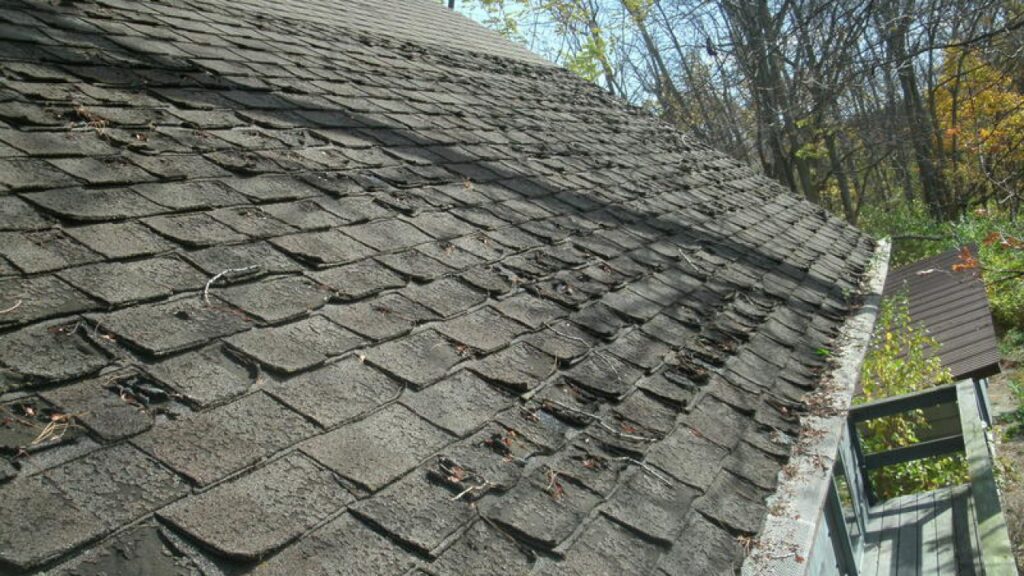
Water from intense snow and debris could get trapped within the roof. You’ll need to address trapped moisture as quickly as possible to avoid leaks in your home, particularly as the spring rainstorms begin. Old plants drop their leaves and needles during the fall and winter, and the wind brings these into your rooftop. This debris could get trapped in gutters and also on low-sloped roofs, holding moisture which can wear out your home.
2. Failed Membranes and Underlayment
The protective layers beneath your roof’s shingles could wear out and let water to leak over the gaps. A few of these components expand and contract while the temperature changes. Right after changing size for some time and coming in contact with moisture, the membranes and underlayment could deteriorate. Older membranes which may have encountered a few deterioration in the winter may build up cracks over the cold season which could aggravate during the spring as the weather becomes warmer plus the material expands. Delicate materials which expand and contract while the temperature changes could crack and warp, creating gaps.
3. Damaged, Loose or Missing Shingles

Shingles could warp or split in the sides whenever subjected to freezing temperatures. Although most roof shingle materials are sturdy towards weather damage, older materials could degrade after continuous exposure to the weather. Getting your roof installed by an inexperienced service provider could also reduce its life, leading to damaged, loose or missing shingles. Missing, loose or damaged shingles can bring in water, dirt and pests into your house. Leaks can promote mold growth and wood decay all over the building materials, and pests bring illness and induce architectural damage to your home.
.
4. Pest Infestations
When the weather becomes warmer, animals and insects emerge from hibernation to find food and shelter to get ready during the spring season. Architectural damage to your roof permits pests into your home and lets them stay into your attic or crawl space. While you examine your roof, watch out for loose shingles, broken flashing or worn-out chimneys which create gaps in which rodents and insects could sneak inside. Pests damage your roof, chimney and eaves because they try to create a nest in your property and increase in numbers. Rodents like squirrels, mice and raccoons may damage the electrical wiring and also ventilation systems.
5. Active Leaks
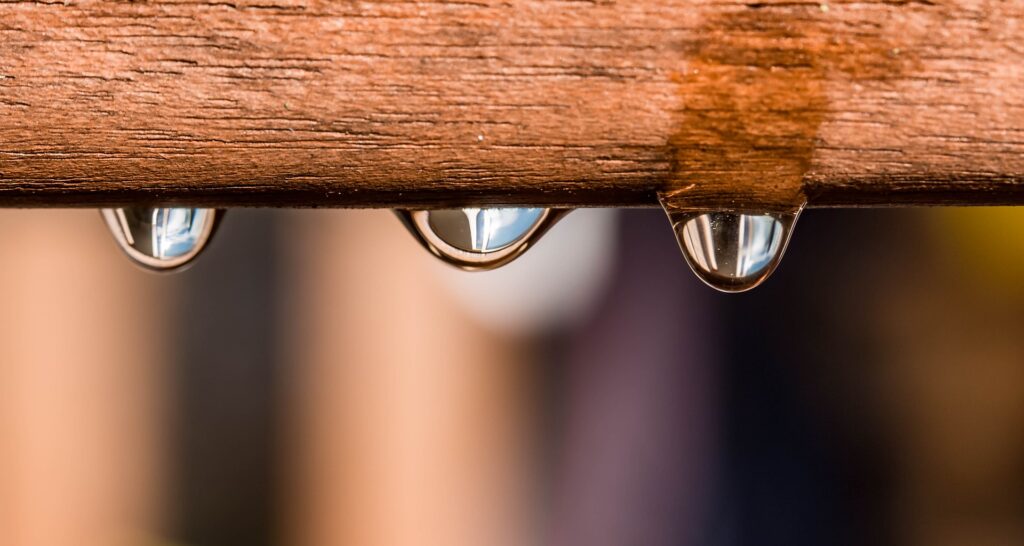
Harsh climate conditions in winter may damage your roofing and cause gaps in between the components. The moment the weather becomes warmer and the snow begins to melt, you might discover that the cracks and damage in your roof led to leaks inside your home. No matter whether it’s because of hail or strong winds, begin by examining signs of weather-related destruction. Leaving these unaddressed places your roof prone to leaks and could accelerate the wear and tear of the roof against the weather.
6. Clogged and Damaged Gutters
Gutters drain water off from your home during rainstorms to keep your home in good condition. Leaves and debris coming from the fall and winter could clog up the gutters and give more pressure to them. Wind and temperature shifts could also pull them away out of your home and leave them susceptible to damage. While you perform your spring cleaning, you might find that debris has rusted your gutters or made them to sag. Clogged gutters lessen your home’s curb appeal and place excessive weight on the roof side.
7. Chimney Deterioration

In case your home includes a fireplace, your chimney sticks from your rooftop and takes away smoke from the house. Older homes often create cracks all around their chimneys after contact with the elements. Whenever snow forms on the top, it melts when the temperature goes up in the spring. While water seeps to the cracks and the temperature falls in the evening, water will expand and crack the chimney’s stones and mortar. A dormant chimney also can bring pests into your house while they find shelter from the cold.
Read more link text
Repair or Replace Your Roof?
Roof damage could be apparent or subtle. To identify the indications of damage, you need to be on the watch. This could need an evaluation of the roof whenever there’s extreme weather, or in case your roof is becoming old. Whenever checking the roof, you have to check out the exterior and the interior. Roof damage can occur anyplace. Even inside.
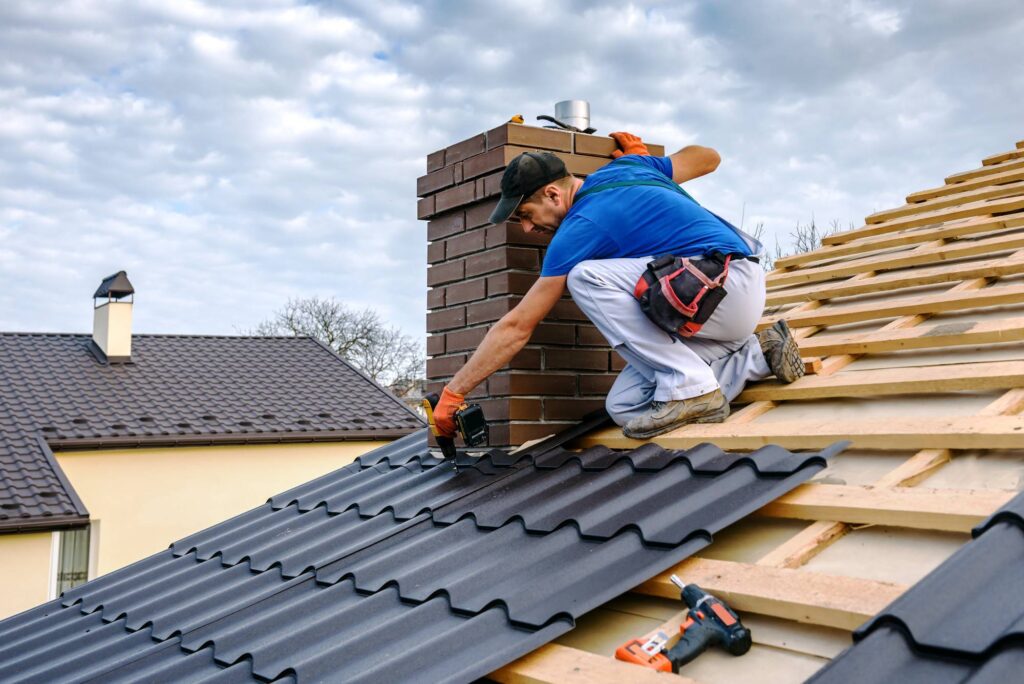
If examining the exterior of the roof, there are some warning signs to watch out for. The very first is the existence of water spots and discoloration. They're small spots of water damage which warp the shingles as well as exterior finish. Give particular focus on the spots in which the roof meets the exterior walls. This transition line could become distorted whenever damaged.
Whenever you’re on the roof, look into the gutters. The damaged roof might have bit of granules blocking the gutters or washing out the downspouts. Such granules originate from shingles that are either damaged or have been subjected to sunlight for too much time. Granules could also be an indication of other roof damage. Check out the shingles themselves. If they're cracked or are cupping, this can imply the shingles are wearing down because of weather or having no appropriate ventilation from inside.
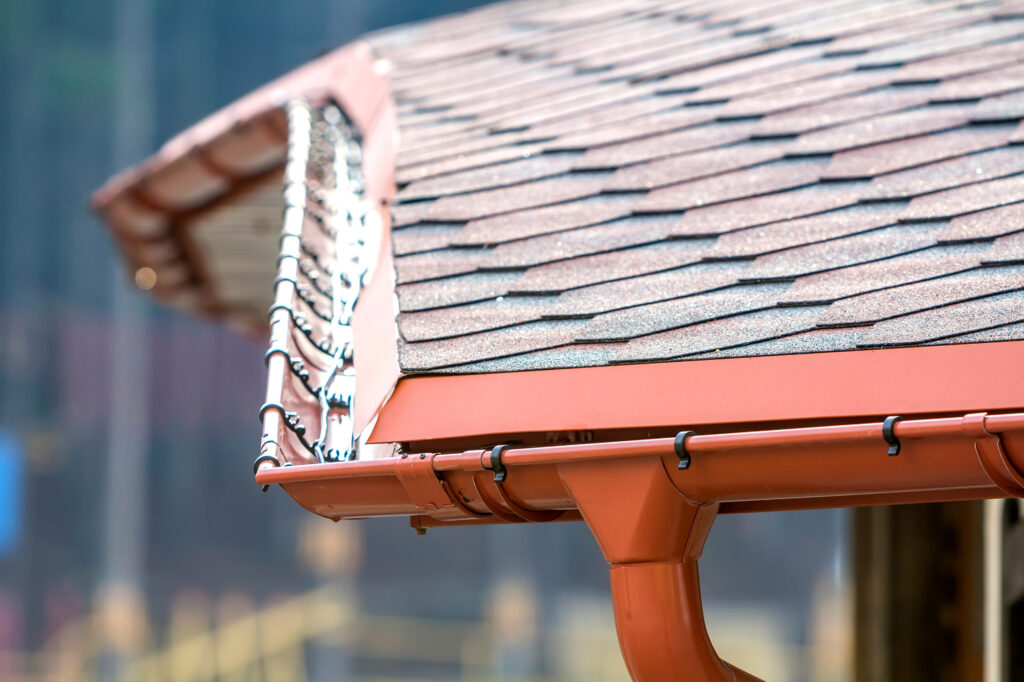
To keep track of inside roof damage, observe the attic space and rooms nearest to the top part of your home. Water damage will start to warp the ceiling and walls of the rooms down below. In case you have hardwood flooring, you might also begin to see drops or puddles of water in the center of the room.
In case you discover any outside debris in your home, it could imply there's a hole someplace in the roof. Search for where the debris might have come from to find the hole.
These warning signs imply that you have to do something right away. Spotting problems is only the first step. Right now, you need to choose whether roof repair or replacement is needed.
When You Need Roof Repair
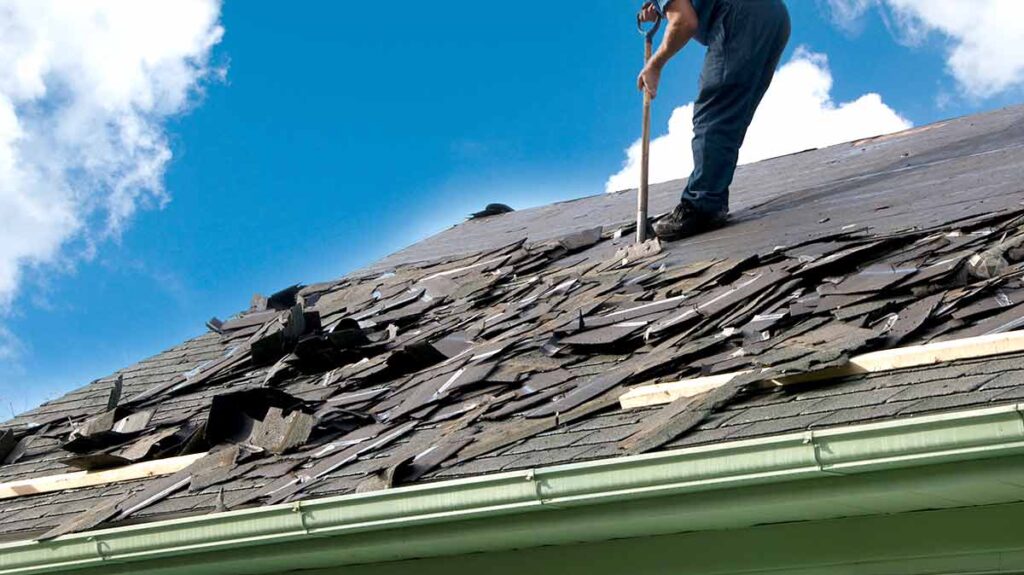
In many instances, roof repair is a more sensible choice. It could expand the life of your roof with no additional cost of replacing. There are some conditions in which roof repair is a great idea.
Consider the age of your roof. In case your house is young and the roof is sort of new, odds are you could fix the damage. In case the roof is within a 30-year warranty, you could get in touch with the producer for roof repairs.
One more aspect to consider is the context where the damage occurred. Knowing when and how the roof was damaged, it could be an easy task to evaluate if repair is enough. Any damage caused by weather could be repaired. Normally, the exterior damage would be visible.
Lastly, evaluate the degree of the damage. In case it is a small mark, such as a missing shingle, you must manage to repair without problem. In case the damage is restricted to the surface of the roof, you could replace some shingles to repair the issue.
When to Replace the Roof
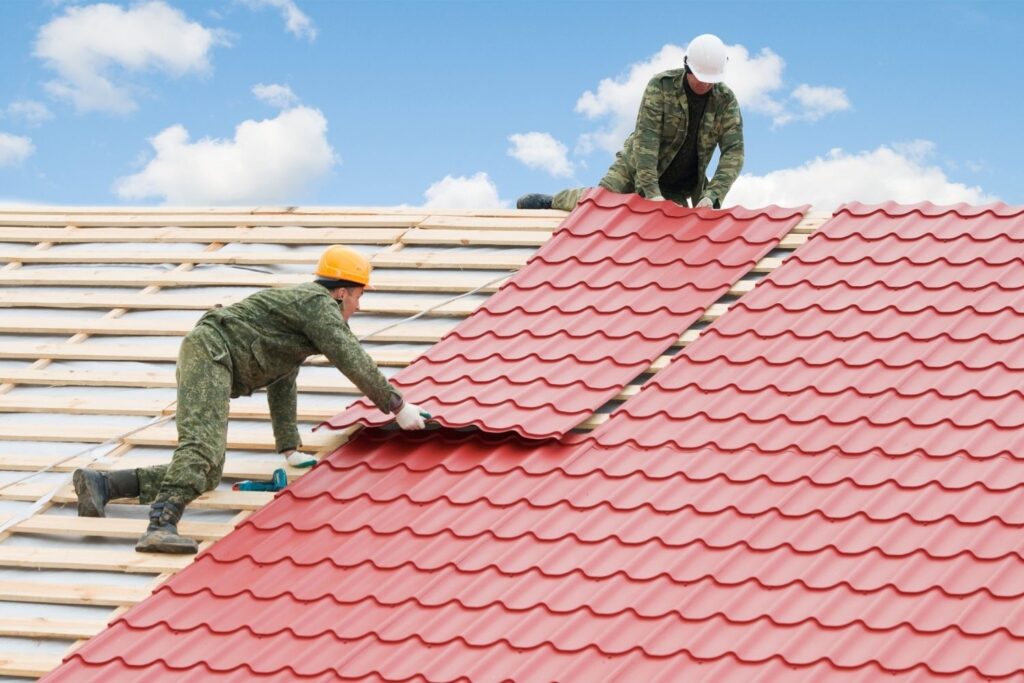
At one point in the life of any roof, replacement is important. The older the roof is, the less effective repairs would be. You may continue to repair the roof however repairs are simply getting more pricey. In case your roof is old or approaching the end of its original 20 to 30-year warranty, replacement is really a safe bet. In case you don’t know the age of your roof, you must assume it's way past the time for roof repair.
In case the damage to the roof is massive, you must also think of roof replacement. The majority of damage could be fixed up to a particular point. In case the damage has begun to affect the architectural integrity of the roof, however, it’s time for you to replace.
Lastly, when you discover lots of water damage or leakage in the inside of your home, replace the roof instantly. Although some damage could be repaired, the time and effort it could take is too much. The main priority must be to have a solid roof above your head as quickly as possible.
Read more link text